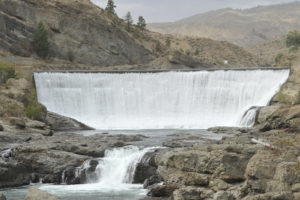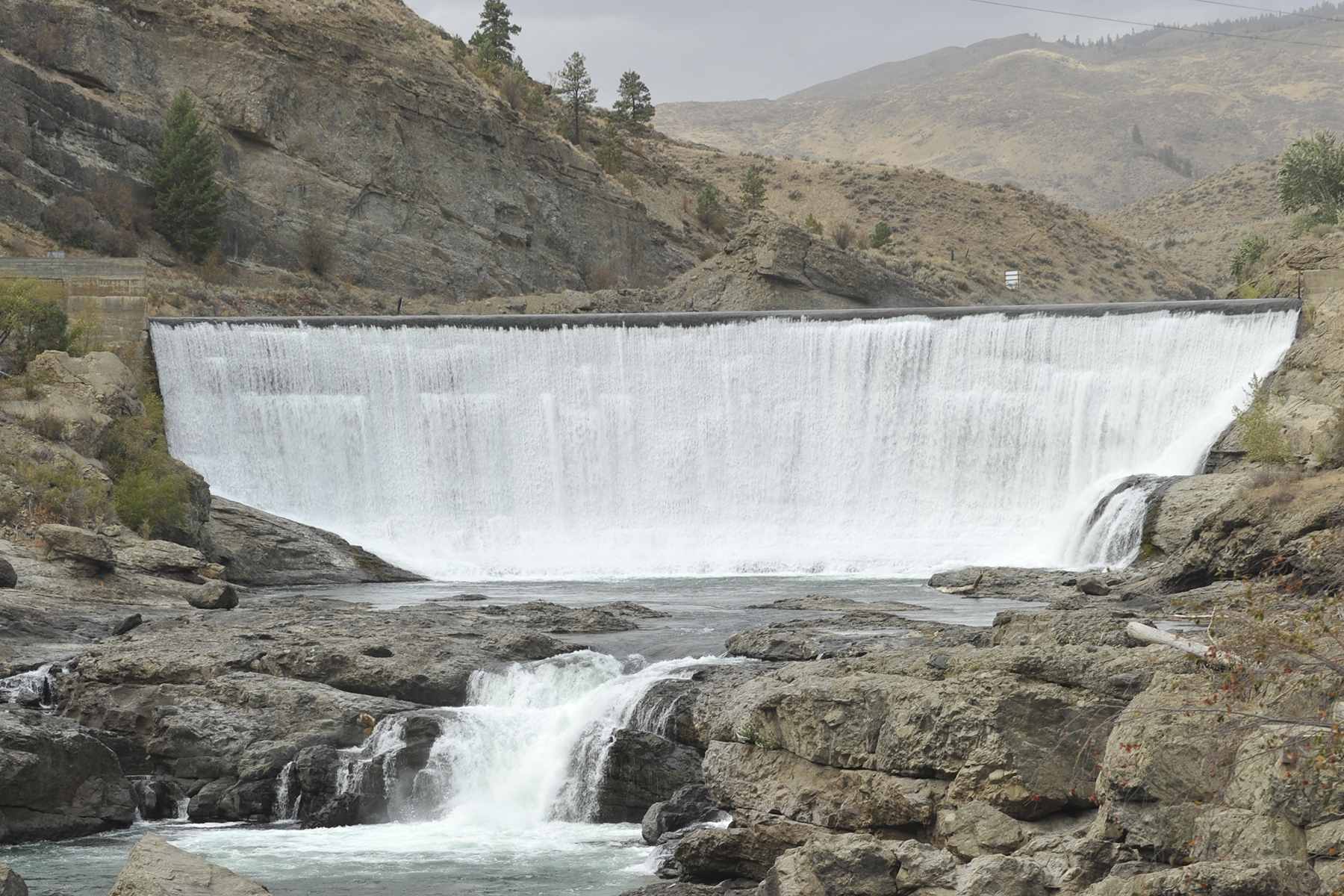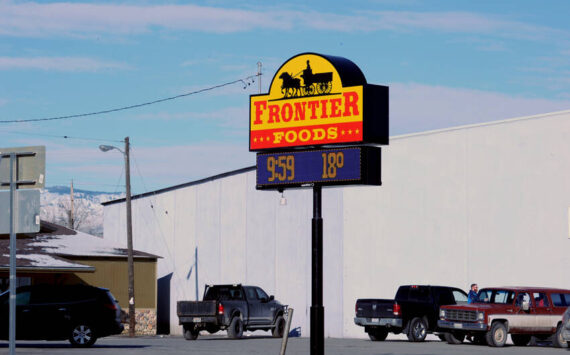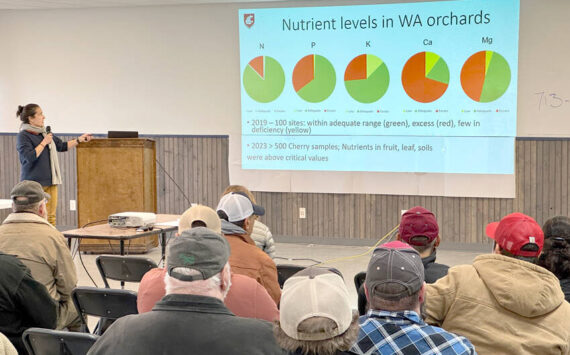Redesign of Tonasket substation delayed
The main struggle for engineering and construction is recognizing the need to replace and upgrade equipment to reduce the risk of power outages, but balancing that with the need to minimize costs that would lead to large rate increases. Construction Design Manager Allen Allie said some big projects have to be pushed back and stretched out, such as replacing the Okanogan to Brewster transmission line.
For 2020, the redesign of the Tonasket substation has been delayed, partly due to the overall cost. Another factor is working with the Bonneville Power Administration (BPA), which owns the transmission lines into the substation. Either BPA needs to redesign their lines or sell the lines to the PUD.

Okanogan County PUD plans to dewater Enloe Dam so that state-mandated inspections can be performed. The project is expected to cost between six and seven million dollars.
Enloe Dam’s dewatering safety inspection project will be another cause to delay other projects, as it will cost around $6-7 million, but is a state-mandated inspection.
Allie listed several smaller projects that will get done, but said that the aging infrastructure is an issue for many utilities and pushing projects back farther means more projects will keep coming up.
General Manager Steve Taylor said staff have been working on spreading out high cost projects to produce a minimal impact to ratepayers, but at the same time acknowledge the risks associated with not getting projects done.
The operations department also presented their proposed 2020 budget, which includes hiring a third mechanic to work on the 137 pieces of equipment in the district’s fleet currently driving up overtime for current staff. Operations Manager Randy Bird also requested a safety coordinator position, which would train the safety committee and non-operations staff, as well as update, maintain and execute safety-related policies and procedures.
Operations Superintendent JD Adams shared that the district has more apprentices now than they have had in many years, with four linemen apprentices and one meterman apprentice. Apprentices attend school on Saturdays in Spokane for much of the year, among other training programs.
Operations Superintendent Reid Rubert added that 29 of the operations employees require fire-resistant (FR) clothing due to the electrical hazards they face in regular work. The district provides an FR allowance of $1,500 for these employees’ first year, and $750 per year after that. Standards are very strict to replace clothing that shows much wear, so most clothing lasts only one or two years. A long-sleeve T-shirt costs about $60, pants $75 and a coat $300, for example.
Another evening board work session will be held Nov. 18 at 6 p.m., following the regular 3 p.m. board meeting. Presentations will be made by both the generation and power resource departments.
Earlier in the board meeting Nov. 4, the commissioners also:
-
Lifted the moratorium in place since March 2018 on high density load, as staff members have worked to prepare documentation and processes to serve the unique situations as they arrive. The process will include an application with a $750 fee to begin, then a process with engineers to determine where the PUD grid can support these high density load customers. One such example would be a cryptocurrency miner, but Director of Power Resources and Broadband Services Ron Gadeberg said he doesn’t anticipate multiple new customers now that the moratorium is lifted.
-
Heard from Nancy Neraas, bond counsel, and Jeb Spengler, public finance banker with Piper Jaffrey, on “Bonding 101” for the district. Spengler mentioned that the district has an “A” rating with Standard and Poors, and that bond rates are at a 10-year low right now, making it a great time to borrow. Neraas shared that the district typically has engaged in revenue debt – debt that is paid back solely from revenues of the utility.
-
Heard from Taylor that the district will be looking into pole attachment rates, which is basically rent that is paid to the district from any other entity that attaches its equipment to PUD poles (such as telephone wires and equipment). Other PUDs in the state have recently done cost studies and even raised their rates, and the district will be looking into its costs and conducting a pole audit to make sure records are accurate. The district receives about $110,000 per year in pole attachment fees.
Heard from Accounting Manager Fred Burke that the district’s 2018 fuel mix report shows hydropower provided 85.4 percent of the district’s energy that year. Nuclear provided about 6.4 percent, wind 4.2 percent, and other sources were combined in a new label called “Market.” Burke said coal, natural gas and others used to be broken out, but political movements led to the new and less specific market category being used. The fuel mix report is on the district’s website, https://www.okanoganpud.org.







